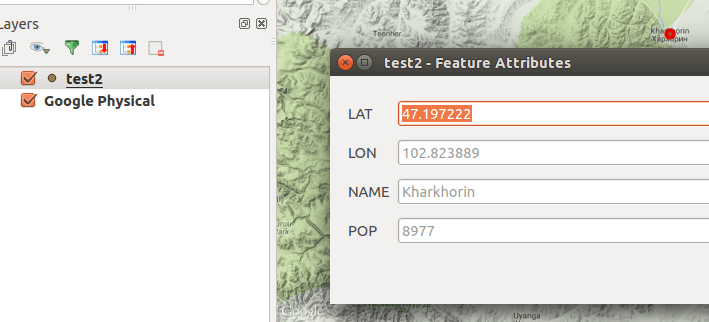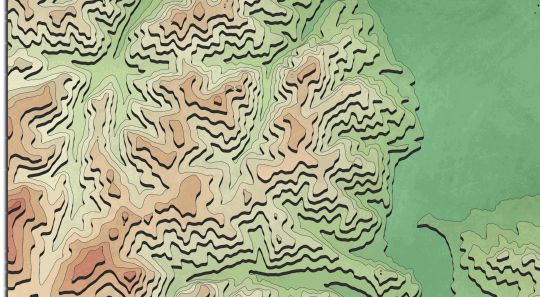
Tag: Tutorial


Some ways to produce topographic swath profiles
For a geomorphological study that I am working on I want to produce topographic swath profiles across a mountain range, that is, I want the average elevation along…
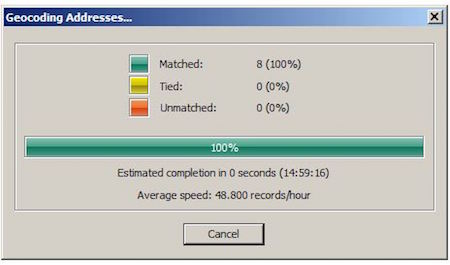
Geocoding in GIS: ArcGIS, QGIS, Leaflet
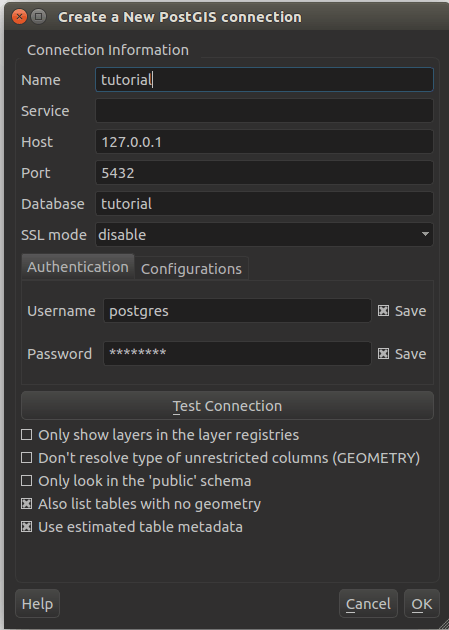
PostgreSQL and PostGIS: A brief introduction
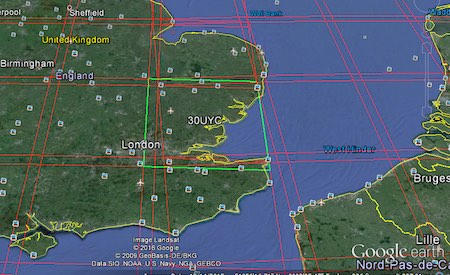
Accessing Landsat and Sentinel-2 on Amazon Web services
The cloud has made it easier to process large amount of data, and satellite imagery processing benefits from cloud processing too. One of the cloud services that offers…
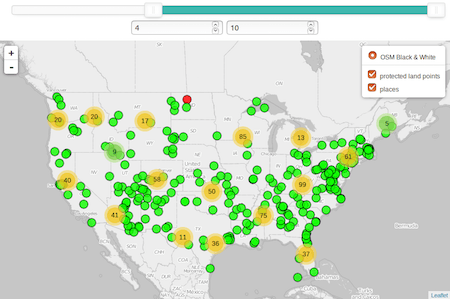
Filter Leaflet Maps with a Slider
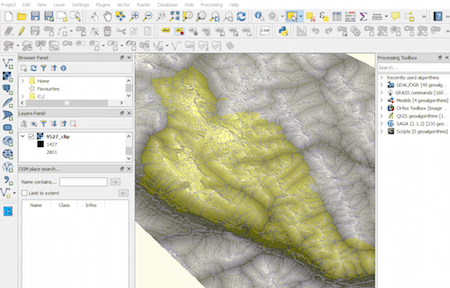
How to create mountain ranges in QGIS?
Last time we had the task to create mountain ranges polygons for the whole world. I prepared a small tutorial referred to that. Maybe you can find something…

Downloading Sentinel satellite imagery
Sentinel is the buzzword for a series of Earth observation missions like Sentinel-1 (Land and Ocean monitoring,launched in April 2014), Sentinel-2 (land monitoring, launched in June 2015) and…

What is better: a map or a picture?
I was reading an article entitled “China, the megalopolis of 110 million inhabitants that impresses the world” on a popular online journal (see article) and after a dozen…
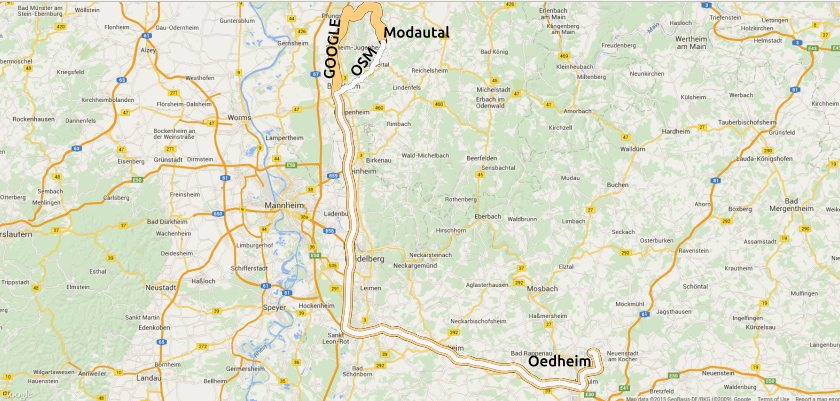
Routing in QGIS… with OSM
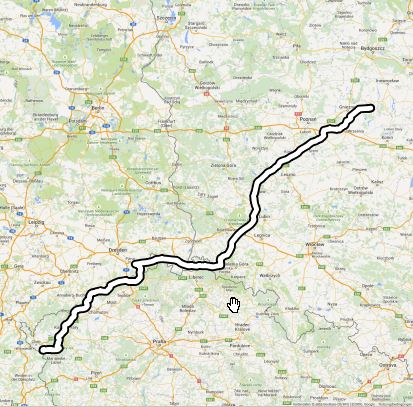
Routing in QGIS … with Google
